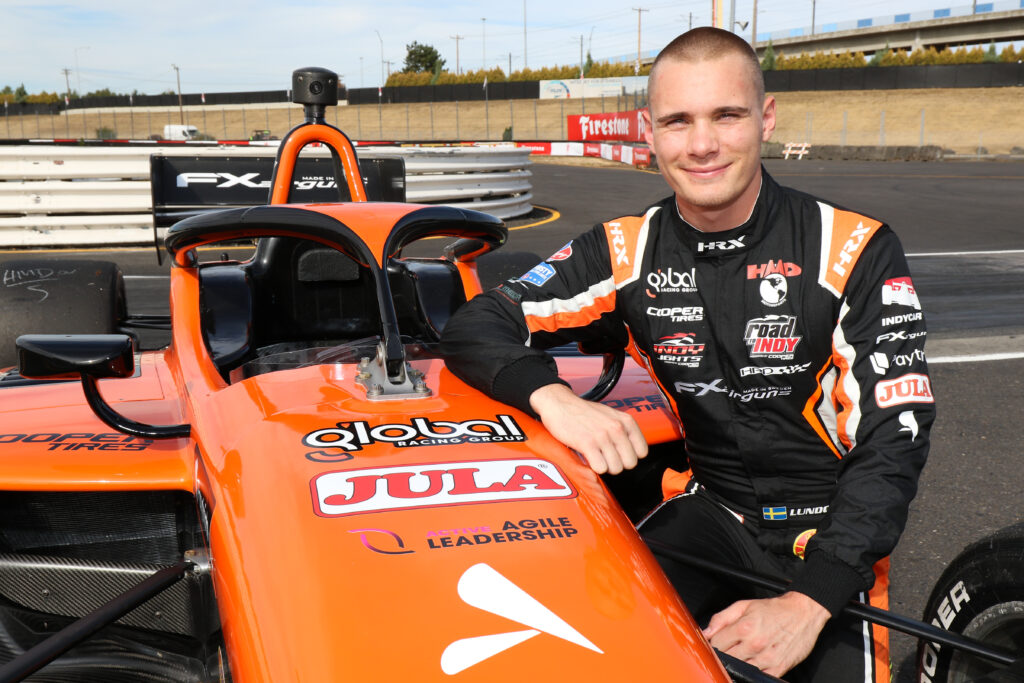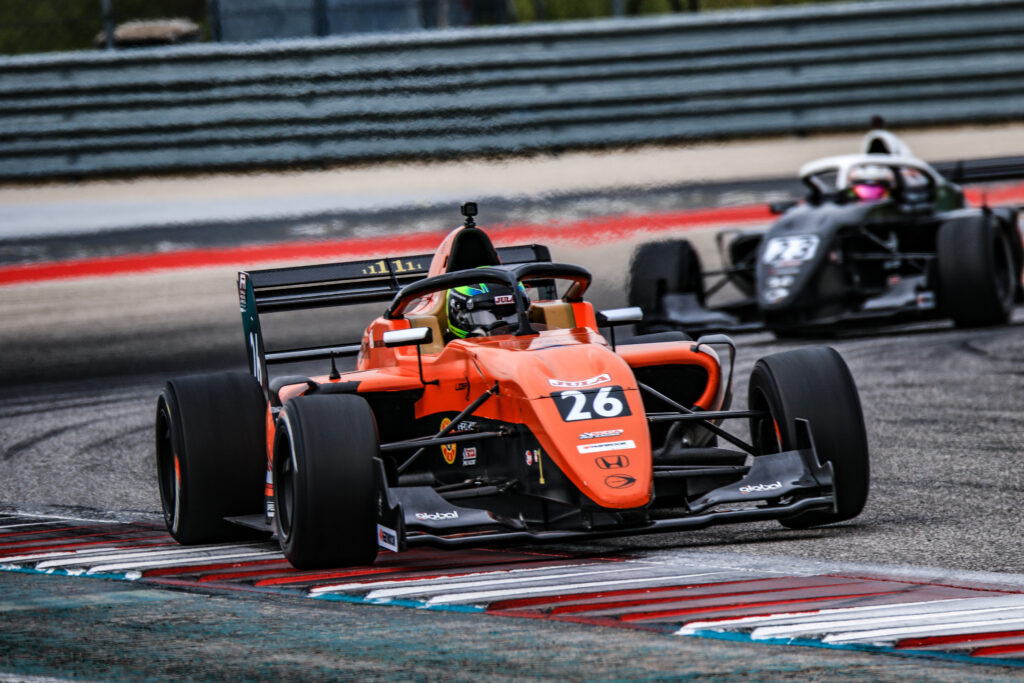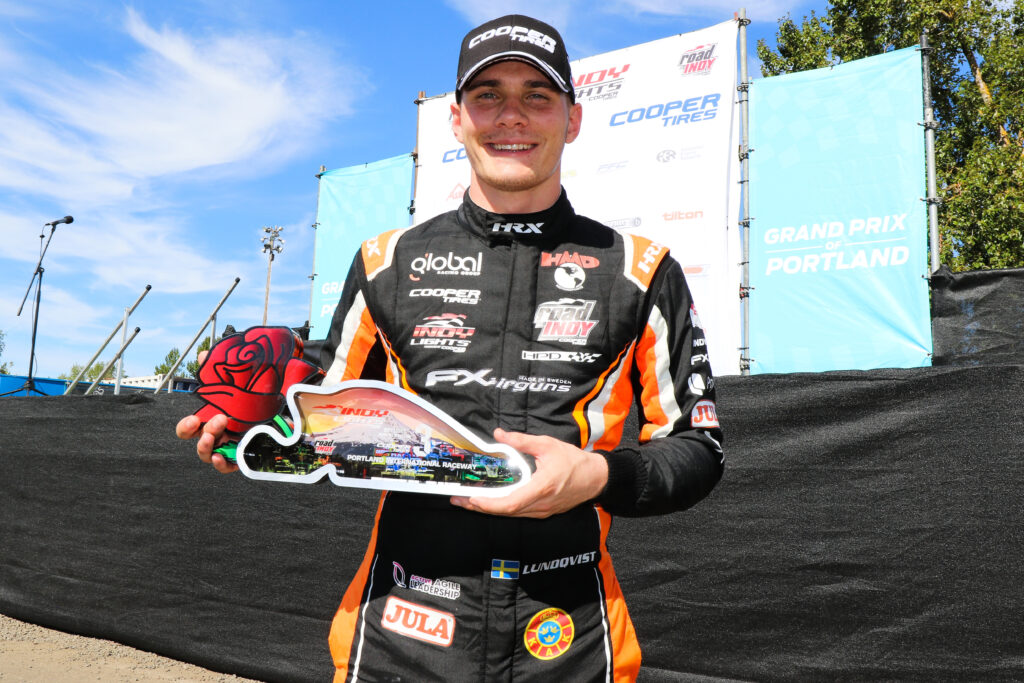When formula racing teams improve, the level of improvement gained by each team is not what counts. What really counts is that the team makes more improvements than their competition. Only then do they stand a chance of winning.
What would it take to make more improvements than your competitors?
Agile companies have a lot to learn from highly competitive arenas such as formula racing. By watching and learning what the racing team members do under time pressure, we can begin to see that what is normally advocated and taken for granted as the right way to do improvements (such as team retrospectives) is merely a small first step on the improvement ladder.
Learning where the challenge is hard. Active Agile is a proud sponsor of racer Linus Lundqvist, British F3 champion, Formula Regional Americas champion, this year third during his rookie season in Indy Car Light, with a compelling win in wet conditions in the final race of the season.
Once you have learned to do that, you are ready to take it up a few notches.
To illustrate the steps ahead and the shift towards competitive improvement, enabled by the digital age, we share three of the Active agile axioms of competitive grade improvement:
1. The best process is the one that you don’t need to put mental energy on. It’s just “there” as a part of your working environment and tooling. This means that when you are put under stress, fewer faults will be introduced and this is important to product development since faults in a complex system can easily have cascading effects.
2. Improving is the expected norm. If a team has a WTF moment three times in a row in the way the current process works, the team should be empowered to fix it. A team should be able to replace a module in the design they are working on with a better version, on a daily basis, and without having to ask for permission. This can be a surgery room in a hospital, a manufacturing cell at a plant, or the driving system in a self-driving car.
3. Competitive grade improvements combine three sources of information with the skill to spot hidden opportunities. The three sources are: collected data, real world observations (from people close to the situation), and an outside reference population (to balance bias).
To use formula racing as an analogy, hundreds of data variables are collected by telemetry in every race. The driver shares real world observations of how the car behaves and what happens at the boundaries of collected data. The result from other drivers are compared to see where improvement opportunities exist. But at the end of the day, data doesn’t tell you what to do. Having the competitive edge comes down to shrewd human professional judgement – the skill to quickly identify the right hypothesis and the hidden opportunities – – how to tune the car for the race ahead.
Contrast this with a team retrospective where most attention is paid to what the team members observed during the last sprint and you get an idea of just how much you can improve on the improvement ladder.
While many can get one of these aspects right, very few ever try to get all of them right.


